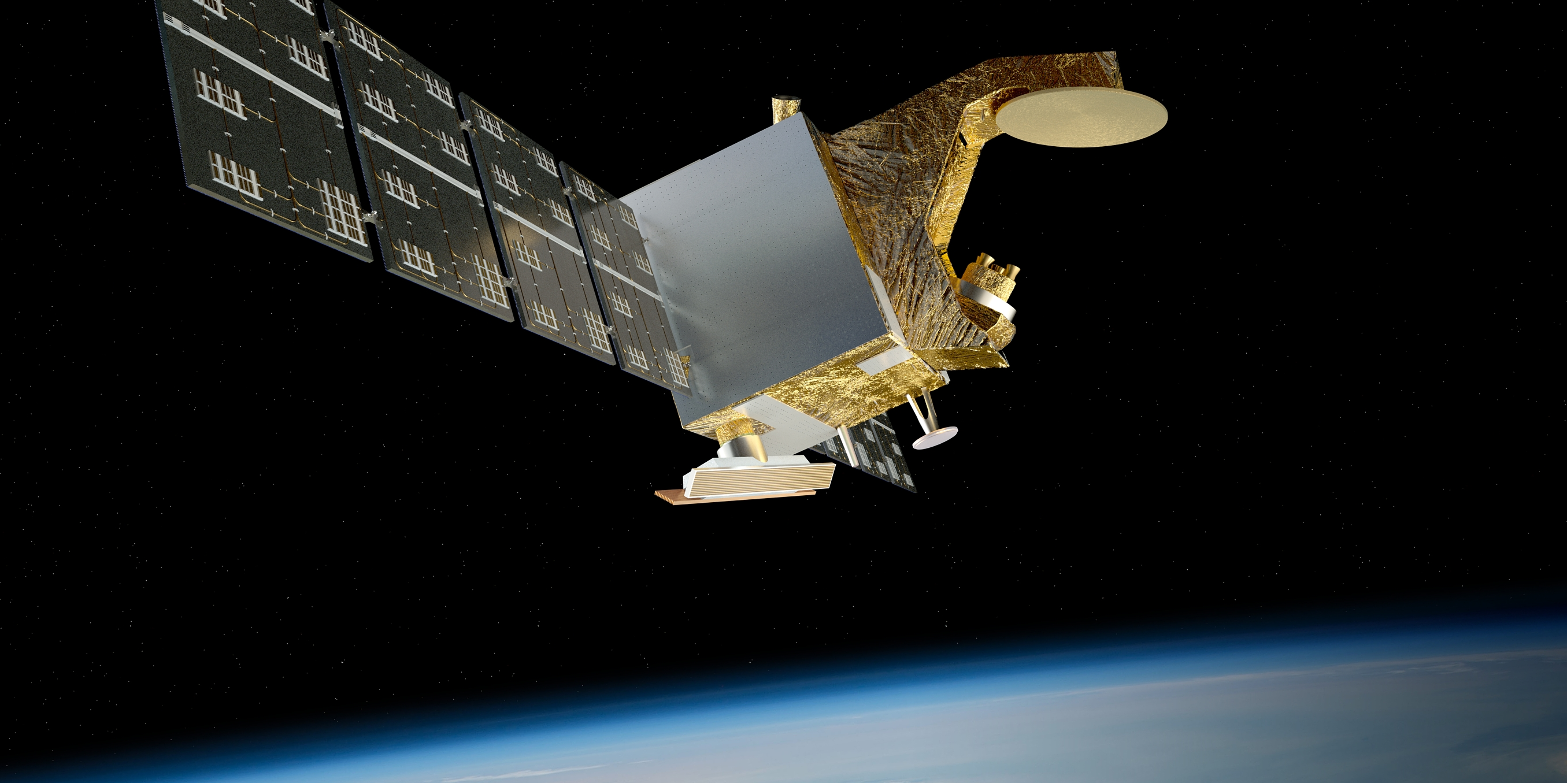The CFOSat satellite to study surface waves and winds is the first joint Franco-Chinese project in space.
The French-Chinese CFOSat satellite is set for launch on 29th October atop a Chinese Long March 2C vehicle from the Jiuquan launch base in Inner Mongolia. This science mission to study ocean surface winds and waves is the first Franco-Chinese joint project in space.
Developed by France's CNES space agency and the China National Space Administration (CNSA), the satellite will carry two radar instruments: SWIM (Surface Waves Investigation and Monitoring), developed by France, which will survey the length, height and direction of waves; and SCAT (wind SCATterometer), developed by China, which will measure the strength and direction of winds.
The SWIM instrument was developed by Thales Alenia Space with CNES oversight.
The two instruments will enable measurements of winds and waves to be acquired simultaneously for the first time. CFOSat will thus characterise the dynamics of waves and how they interact with surface winds more comprehensively than ever before.
The CFOSat mission has been designed to gain new insights into ocean surface characteristics and their impacts on the atmosphere-ocean exchanges that play a key role in the climate system. It will shed new light on the hitherto poorly understood role of waves in the lower layers of the atmosphere, the ocean surface and polar sea ice.
Complementing other Earth remote-sensing satellites, CFOSat will deliver crucial observations for atmospheric and sea-state forecasting and digital modelling of the coupled ocean-atmosphere system. The satellite will also provide precise data on deep-sea wave conditions, which have a bearing on the impact of waves on coastal areas.

